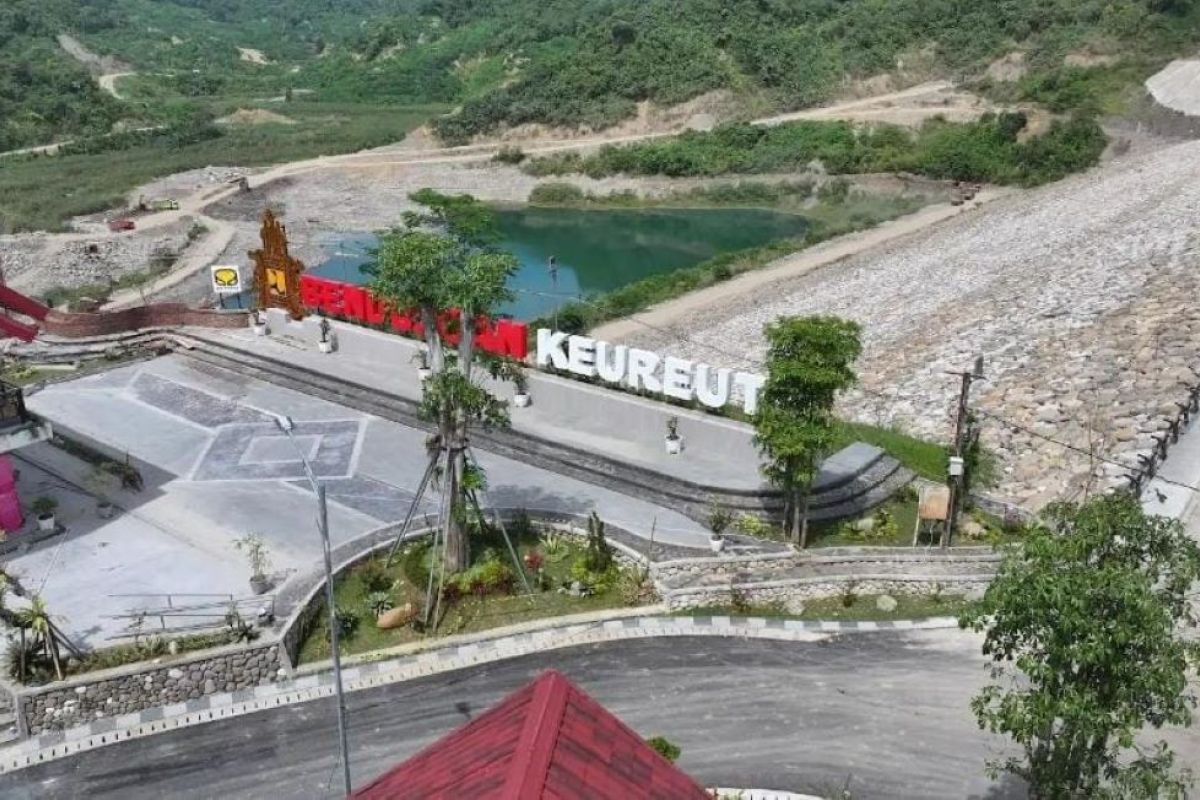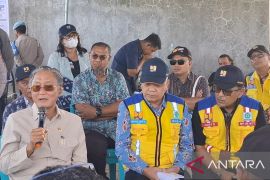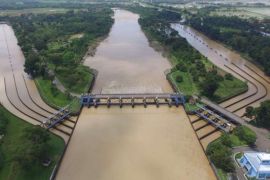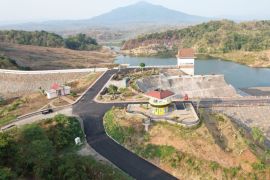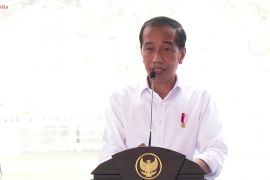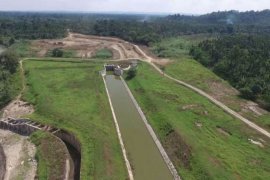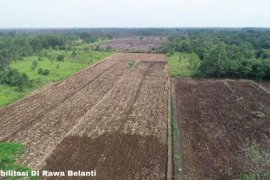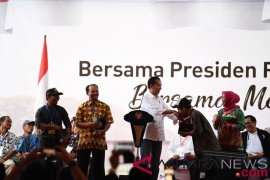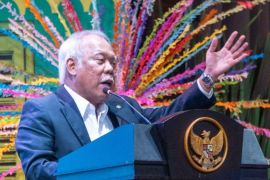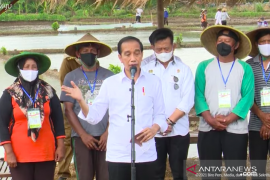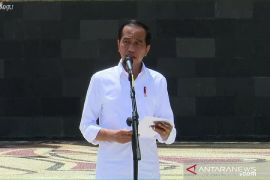The Prabowo-Gibran administration is determined to make all-out efforts to make the nation self-sufficient in food by 2028.Jakarta (ANTARA) - It is natural for countries around the globe, including Indonesia, to pursue self-sufficiency in food, which is a crucial element for the survival of a nation.
The new Indonesian government has vowed to realize the Asta Cita or eight primary missions promoted by President Prabowo Subianto and Vice President Gibran Rakabuming Raka during their electoral campaign.
The goals include building food self-sufficiency.
In addition to domestic factors, the government’s decision to accord priority to food sufficiency is the result of the increasingly dire geopolitical situation, marked by the protracted Russia-Ukraine war and the domino effect of the Israel-Palestine conflict in the Middle East.
Boiling tensions among countries have disrupted the distribution of fertilizer raw materials, which, in turn, have negatively affected the cultivation of crops and production of food.
To make things worse, the impacts of climate change, such as a decline in rainfall in areas with rain-fed fields, have posed obstacles to crop cultivation.
In view of this, the Prabowo-Gibran administration is determined to make all-out efforts to make the nation self-sufficient in food by 2028.
The steps taken by the government to achieve the goal have included the push to accelerate the development of water infrastructure, particularly multi-purpose dams.
Pinning hopes on dam construction
Under the leadership of the 7th president Joko Widodo and 13th vice president Ma’ruf Amin, Indonesia constructed 53 dams out of the targeted 61 in 2015–2024, with an average of six dams built per year.
Now, President Prabowo has directed his aides to speed up the development of the remaining eight dams, including Jlantah Dam in Karanganyar district of Central Java.
Once completed, Jlantah Dam will have the capacity to store up to 10.97 million cubic meters of water and irrigate 1,494 hectares of rain-fed rice fields across three sub-districts of Karanganyar.
The government has also begun to speed up the construction of two more infrastructures in Aceh province — Rukoh Dam and Keureuto Dam.
Rukoh Dam, which is being developed in Pidie district, will have the capacity to store 128 million cubic meters of water and serve as an irrigation source for 11,950 hectares of agricultural areas.
Meanwhile, Keureuto Dam in North Aceh district, with a water reserve capacity of 215.94 million cubic meters, is expected to irrigate 9,455 hectares of farmlands in its vicinity.
In addition, the government is accelerating the development of Way Apu Dam in Buru district of Maluku province. Once operational, the dam will be able to irrigate as much as 10 thousand hectares of land.
By completing the construction of all 61 dams, the government targets to store 3.69 billion cubic meters of water, irrigate 395,669 hectares of agricultural soil, and supply 51.88 cubic meters of raw water per second.
Apart from supporting efforts to build food sufficiency and boost irrigation capacity, the acceleration of multifunctional dam development is also expected to indirectly ramp up food production.
This is because the government is planning to set up solar power plants on water infrastructure to produce green ammonia, a raw material used in a variety of fertilizers needed by farmers to enhance food production.
In short, people can expect the speedy construction of the remaining dams to bring the nation closer to self-sufficiency in fertilizers, which, in turn, could lead to fertilizers becoming available at more affordable prices for farmers.
Improving irrigation networks
Accelerating the construction of dams is not the end of the line for the government to realize food self-sufficiency. Implementing labor-intensive programs to improve irrigation networks is also a must.
In this regard, let us take a look at the Acceleration Program for Irrigation Water Use Improvement (P3TGAI), whose primary objective is assisting farmers in meeting their need for irrigation water through the revitalization or development of tertiary and rural irrigation networks.
According to the plan, the Prabowo-Gibran government will continue the implementation of the P3-TGAI at about 10 thousand locations next year, with the goal of strengthening food security.
In addition to helping improve irrigation networks required to channel raw water from dams to rice fields, P3-TGAI has also been designed as an economic program.
It is expected to boost people’s income and create new jobs for people living in rural areas, and thereby help increase their purchasing power.
To sum up, President Prabowo and Vice President Gibran have set the goal of realizing food self-sufficiency by 2028. To that end, their government has decided to expedite the construction of dams.
Two main objectives are evident from this decision, namely bolstering the productivity of rain-fed fields and ensuring self-sufficiency in fertilizers by utilizing new and renewable energy.
However, the presence of the dams must be complemented by the operation of reliable irrigation networks to ensure the optimum distribution of water from dams to fields.
Among the measures to be taken by the government to improve irrigation networks is continuing the implementation of P3-TGAI, a program that will also offer economic perks to farmers and people in general.
Related news: Minister Hasan shares strategy for food self-sufficiency
Related news: Food self-sufficiency program budget reaches US$8.8 billion: Minister
Translator: Aji C, Tegar Nurfitra
Editor: Arie Novarina
Copyright © ANTARA 2024
